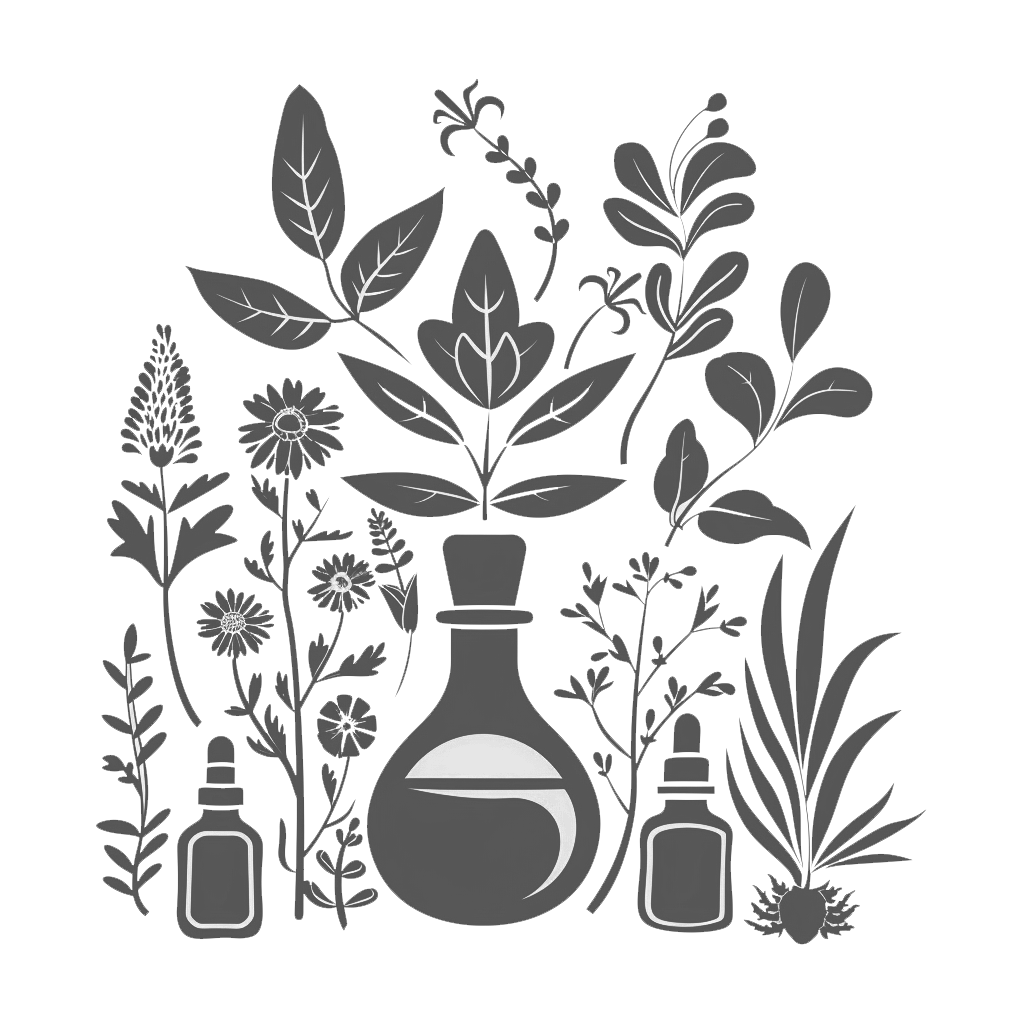
THE MAGIC OF IRIS
Dr. Simone Gabbanini, Head of the Analytical Chemistry Laboratory
Today, four very special samples arrived at the BeC laboratory—dried and ground Iris roots.
It might seem unusual to carry out a chemical analysis on a material like this, but the truth is quite the opposite.
Before diving into the reason why, let me give you a bit of context.
Among all the essential oils, butters, and absolutes available on the market, there is one that has truly fascinated me—because of its deep historical roots in a specific region of Italy, its refined and complex fragrance, and the sheer magic involved in its preparation before extraction.
I’m talking about Iris butter, a rare and highly valuable extract with unique characteristics. Unlike most aromatic extracts derived from the aerial parts of plants like flowers or leaves, Iris butter is obtained from the rhizomes, the underground root system of the plant.
But there’s more: the fragrant molecules in this essential oil are not present in the roots at the time of harvest—they develop over a span of around four years, through a slow process of drying and fermentation.
Now that’s something truly fascinating.
A Glimpse into the Past
The use of Iris (or “giaggiolo” in Italian) goes back to ancient times. The Greeks used it medicinally, while the Egyptians viewed it as a magical plant, featuring it in paintings and carvings. But it wasn’t until the early 1900s that a large area of Tuscany—particularly the Chianti and Valdarno regions—became a hub for Iris cultivation.
Why? To produce a precious essential oil used in cosmetics and perfumery.
The majority of the harvest was exported to Provence, France, where the dried rhizomes were distilled into an essential oil so thick it was solid at room temperature—hence the name “Iris butter”. It was treasured for its delicate, elegant fragrance, and became a highly sought-after ingredient.
From Marginal Crop to Economic Engine
Until the mid-1950s, Iris cultivation was considered marginal. But as demand from the French perfume industry exploded, by the late 1960s, it had become a cornerstone of the Tuscany farming economy.
But the process didn't end with cultivation. The rhizomes had to be carefully prepared for distillation, and this is where the true magic happens.
Aging Roots to Release the Scent
As mentioned earlier, the aromatic compounds in Iris butter are not present in fresh roots. They develop through a complex aging process, which includes:
-
Cleaning and peeling the roots
-
Boiling in caustic water
-
Sun-drying until leathery
-
Chopping and air-curing for several years
During this maturation, enzymatic reactions take place. These reactions transform a completely odorless precursor molecule called Iridal into the fragrant compounds known as Irones—the stars behind the elegant scent of Iris butter.
Conclusion: Nature Meets Chemistry in a Fragrant Masterpiece
The production of Iris butter is a rare synergy of time, tradition, and chemistry.
It’s a reminder of how natural ingredients can carry cultural heritage, technical complexity, and emotional depth—all in a single, fragrant drop.

A Precious Fragrance Born from Patience and Precision
Scientific studies have shown that the maximum production of Irones—the fragrant molecules responsible for the unique scent of Iris butter—occurs after about four years of rhizome maturation.
The extraction yield, however, is extremely low. From 1,000 kg of fresh rhizomes, only about 200–300 kg of dried material is obtained, which in turn produces just 2 kg of Iris butter through distillation.
This combination of long aging times and very low yield explains the high cost of Iris butter and its status as one of the most precious ingredients in the world of fragrance.
When to Distill? Timing Is Everything
Since the final value of Iris butter depends heavily on its Irone content, many growers send dried rhizomes at various stages of maturation to specialized laboratories. The goal: to determine the optimal time for distillation, ensuring the highest possible concentration of these valuable aromatic compounds.
Into the Lab: Beginning the Analysis
That’s exactly what I’ll be doing today here at the BeC lab.
I’ll start by grinding the four Iris samples into a fine powder. Then, I’ll perform a continuous solvent extraction on a portion of each sample, a process that will take approximately five hours.
The resulting extracts will be analyzed using gas chromatography–mass spectrometry (GC-MS) to identify and quantify the Irones. This analysis will help determine which sample is best suited for distillation, ensuring the most fragrant and high-quality final product.
BeC Laboratories: Supporting Excellence in Natural Ingredients
At BeC Laboratories, we support natural ingredient suppliers by offering specialized analytical services that help ensure high-quality standards in every batch.
Our goal is to combine scientific precision with the value of tradition, helping producers deliver ingredients that are both authentic and effective.
For more information: laboratorio@bec-natura.com






Leave a comment
This site is protected by hCaptcha and the hCaptcha Privacy Policy and Terms of Service apply.